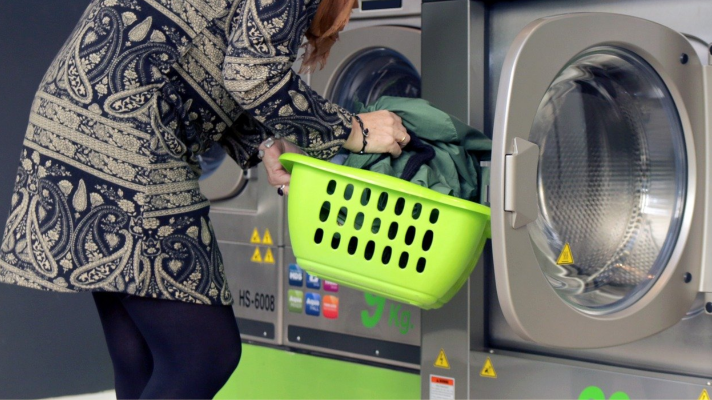Though you may not think about it often, radon can be a big hazard in your home. It can be especially dangerous if you have had a sump pump installation to help prevent flooding in your basement, as these pits can allow more radon in your home. So it’s important for you to know the dangers of radon gas and what you can do about it.
Why is radon so dangerous?
Radon is a naturally occurring gas that can be dangerous when breathed in. Over time, it builds up in the lungs and is the second leading cause of lung cancer in the US today. In the US alone, up to 20,000 lung cancer deaths annually are caused by radon, according to the Environmental Protection Agency and Surgeon General’s Office.
Radon gas tends to come from the soil below your home. It can seep in through your home’s foundations, crawlspaces, or even through pits if you have had a sump pump installation. Once in the air, you breathe it in, and over time it is dangerous. So it is important to start thinking about radon abatement.
Dangerous levels
Radon levels are typically measured in picocuries per liter, or pCi/L. Levels at or above 4 pCi/L are recognized as dangerous and harmful. However, even smaller levels can be dangerous over time and can be reduced. In general, it is very difficult to reduce levels to below 2 pCi/L.
For every 100 Bq/m increase in long time average radon concentration, the risk of lung cancer increases by 16%. So if your home has building levels of radon, it is important to do something about it now.
How to get rid of radon
The first step in lowering radon levels is getting radon tests done in your home. This will tell you if your radon levels are too high, and what steps you can take. If you have high levels of radon, the best thing you can do is leave. Rent a hotel and consult a professional for help.
One thing you can do is cover your sump pump pit. If you have had a sump pump installation, it is likely necessary to prevent your home from flooding. However, that hole in the floor can also let in harmful radon gases. So putting a cover over it can help prevent those gases from entering.
Another great strategy is a radon gas removal system, especially a fan removal system. While passive methods of radon abatement have been shown to reduce radon levels by over 50%, adding a ventilation system can reduce levels even further. Consult a professional to find out what type of system would be best for you.
Whether you are just getting testing done or need to do radon mitigation, getting rid of radon in your home is important. It will help keep you safer over time, and the sooner you do something about it, the better you will be.


Recent Comments